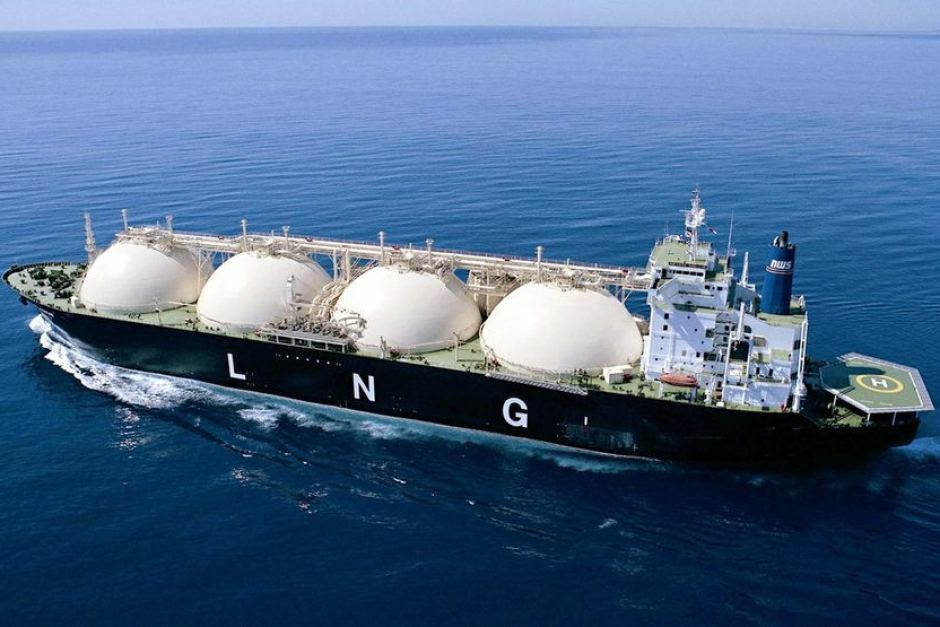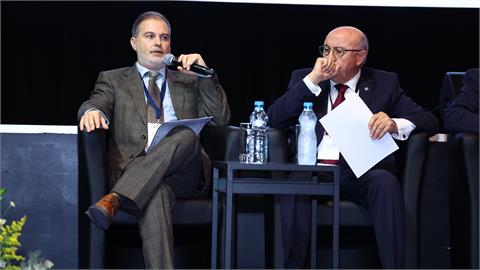In early August 2023, the price of natural gas in Europe spiked by as much as 40% on the news that gas platform workers in Australia were considering industrial action. The strike could have affected a tenth of global LNG, which would send prices higher. Indeed, the very threat of a strike sent prices higher, and once again highlighted Europe’s precarious energy security position.
In early August 2023, the price of natural gas in Europe spiked by as much as 40% on the news that gas platform workers in Australia were considering industrial action. The strike could have affected a tenth of global LNG, which would send prices higher. Indeed, the very threat of a strike sent prices higher, and once again highlighted Europe’s precarious energy security position.
More specifically, European natural gas jumped by the most since March 2022 and benchmark futures settled 28% higher on a day of extreme volatility that saw the contract top €40 for the first time since June 2023. Prices soared as much as 40% intraday. The daily increase was the biggest percentage gain since the early weeks of Russia’s war in Ukraine. Traders are concerned about a long-lasting strike, with analysts at Citigroup Inc. predicting it could cause European gas and Asian LNG contracts for January to double
The Monthly Analysis of August-September 2023, which is available here, attempts to shed light on the key factors that affect the fundamentals of European gas market, which in turn affect natural gas prices.
The European gas market is still tight, but new LNG import capacity has been added, storage filling was already over 80 bcm at the end of August 2023 and overall gas (and electricity) demand has gone down with limited prospects of a rapid recovery this year. Nonetheless, Europe must remain vigilant.
The supply-and-demand gas balance in Europe remains precarious. Only much reduced industrial demand balances the system. Plentiful inventories help, but even with those, Europe wouldn’t make it through the winter if all the industrial gas demand returned to pre-crisis levels. As such, the price of avoiding the energy crisis is a deep recession in the manufacturing sector, and a long-term loss of economic growth. An analysis published by the International Monetary Fund last month says Germany is likely to lose just over 1% of potential output. Gas demand is driven by a combination of multiple factors. It is difficult to disentangle all the different drivers that influence it, but the power sector and the residential and commercial sector appear to concentrate most of the uncertainties for the next six to nine months in Europe.
According to the Oxford Institute of Energy Studies (OIES), gas demand fundamentals seem to point towards lower gas demand in Europe in 2023 even if gas prices fall further. Marginal growth in the second half of the year (+0.5% y-o-y) is anticipated driven by a small decline in the power sector due to the gradual return of French nuclear power and continued depressed electricity demand, a muted demand recovery in the industrial sector and an anticipated colder winter in October-December with higher gas use for heating compared to 2022. If this scenario materialises, it would bring the total gas decline for 2023 to -6% y-o-y.




